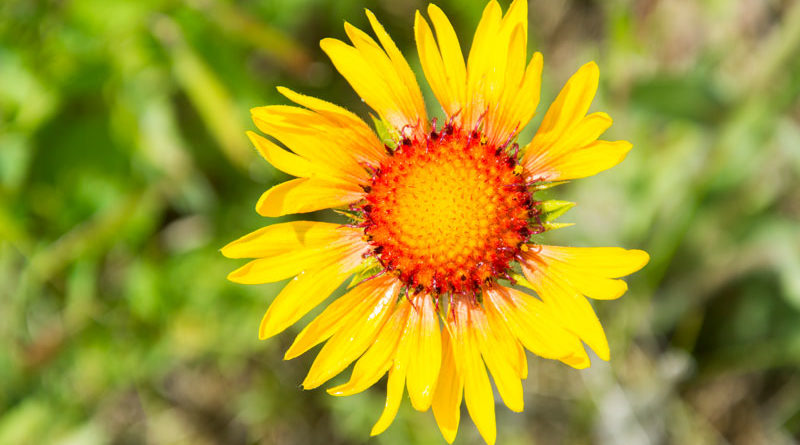Town naturalizing some green spaces
By Sean Feagan, Local Journalism Initiative Reporter
The Strathmore parks department will help nature take over some select green spaces in town, a strategy it says offers a range of benefits.
During the March 3 town council meeting, Donna McCallum, the town’s operations manager, presented an update of Strathmore’s parks classification and maintenance policy. This policy relates to how the department manages 277 acres of green space throughout town.
The revised policy, approved unanimously by council, adds the concept of naturalization, an ecological approach to landscape management. This practice involves using native plants and materials to transform a cultivated landscape into a more natural setting.
There are many benefits to naturalization, said McCallum. Besides lowering maintenance costs, naturalization supports biological communities, makes parks more resilient to extreme weather and climate change, provides more recreational and educational opportunities, and offers access and connections to nature, she said.
To areas undergoing naturalization, the town will reintroduce native plant species, including trees, grasses and wildflowers. These plants might need watering at first but will become self-sufficient once established. McCallum said they will help reduce stormwater runoff and improve soil structure, and will help to attract pollinators and other beneficial insects.
The policy establishes five classes (A to E) for Strathmore’s parks. Under the policy, different park classes will receive different mowing frequencies.
Class D parks are the town’s target for naturalized. They will have a central naturalized zone where there will be no mowing. The only turf cut will be outside this central zone, along the park’s perimeter.
There are eight class D parks identified in the policy, including Aspen Storm Pond, Aspen Creek Dry Pond, Eagle Lake Canal Pathway, Grand Point Pathway, Gray’s Park, Hillcrest Storm Pond, Lakeside Views Wetland and Thomas Drive Pathway.
Some of these features are already naturalized. So, the town is focusing on the naturalization of its dry and wet storm ponds, which have been regularly mowed in the past. A minimum of 30 metres of native perennial vegetation is recommended for around these features.
“Much like Gray’s Park, these areas would provide a beautiful natural area for residents to enjoy and be up close to nature while still providing safety and shelter for animals,” said McCallum.
The town is planning a five-year naturalization plan to maintain these no-mow buffer zones around storm ponds, add native plants, and create bioswales and rain gardens, features designed to move stormwater while removing debris and pollution.

